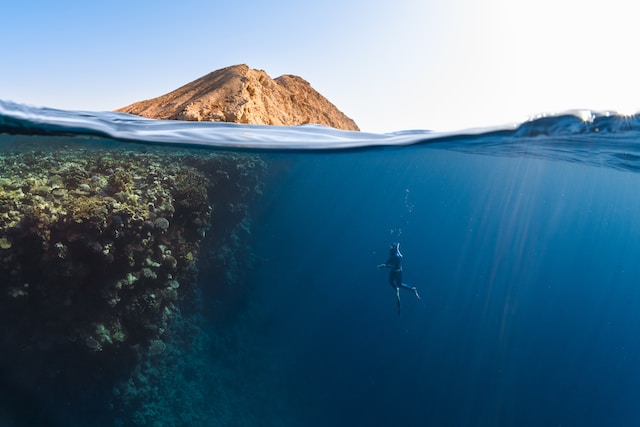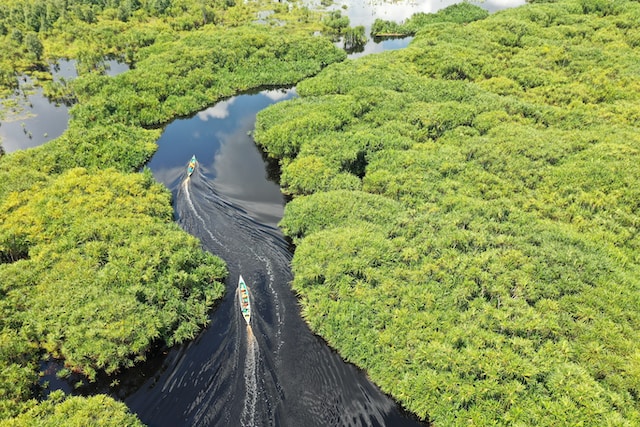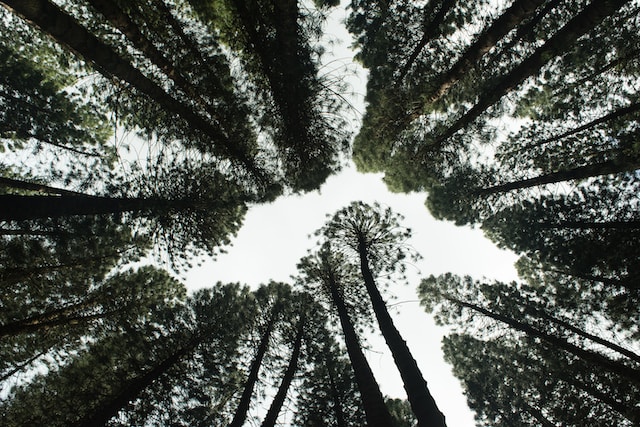In the world of ecology, the terms “biome” and “ecosystem” often come up in discussions about our planet’s diverse landscapes and the intricate relationships between living organisms and their surroundings.
These terms, although related, have distinct meanings and implications.
Let’s delve into the depths of these concepts and uncover the nuances of biome vs ecosystem.

Biome vs ecosystem
Biome: Nature's grand tapestry
A biome can be likened to a grand tapestry woven by the hands of nature.
It represents vast geographical areas characterized by similar climatic conditions, vegetation, and wildlife. Imagine standing in the midst of a dense tropical rainforest, feeling the humidity in the air and hearing the symphony of chirping birds.
This is a glimpse of the tropical rainforest biome. Other examples include deserts, tundras, grasslands, and oceans.
Tropical Rainforest Biome: Lush vegetation, high humidity, diverse species.
Desert Biome: Arid conditions, adapted flora and fauna.
Tundra Biome: Extreme cold, low-growing plants like mosses and lichens.
Ecosystem: Nature's interconnected web
An ecosystem, on the other hand, zooms in on a smaller scale. It’s a dynamic network of living organisms (biotic factors) interacting with their physical environment (abiotic factors).
Picture a serene pond surrounded by cattails and inhabited by frogs, dragonflies, and water lilies.
This is a freshwater pond ecosystem. Ecosystems can range from aquatic (ponds, oceans) to terrestrial (forests, grasslands) and even include urban environments.
Freshwater Pond Ecosystem: Bubbling with life – plants, fish, insects.
Coral Reef Ecosystem: Underwater marvels of biodiversity.
Forest Ecosystem: Trees, animals, fungi, all intricately connected.
Biome and ecosystem working in harmony
The relationship between biomes and ecosystems is akin to a symphony orchestra, with each section playing its unique part to create a harmonious whole.
Biomes provide the overarching backdrop – the stage and its setting, while ecosystems are the individual musicians and their instruments, contributing distinct sounds to the performance.
For instance, consider the expansive boreal forest biome – characterized by its cold climate and coniferous trees. Within this biome, various ecosystems can be found, such as the boreal wetland ecosystem and the boreal woodland ecosystem.
These smaller ecosystems are shaped by the specific conditions of the biome they belong to.
Biome vs ecosystem: Exploring the differences
Biodiversity Scale
Biomes showcase a broader spectrum of biodiversity. They encompass a wide range of species adapted to the unique conditions of the environment. In contrast, ecosystems exhibit a more localized diversity, where specific species have finely tuned themselves to thrive within the ecosystem’s parameters.
Size and Scope
Biomes span extensive geographical regions, often transcending borders. They encapsulate ecosystems that might differ slightly due to microclimates or geographical variations. Ecosystems, on the other hand, are localized and can be as small as a puddle or as vast as a desert.
Interdependence
Ecosystems emphasize the interdependence of living organisms and their environment. Plants, animals, and microorganisms rely on each other and their surroundings for survival. In the context of biomes, interdependence extends to a larger scale, including the geological and climatic features that define the biome.
Conclusion
In the intricate dance of nature, biomes and ecosystems play pivotal roles, shaping our planet’s diversity and resilience.
Biomes provide the canvas, and ecosystems paint the vibrant details. Understanding their distinctions enhances our appreciation for the delicate balance of life on Earth.
So, the next time you walk through a dense forest or gaze at the vastness of the ocean, remember the intricate interplay of biome vs ecosystem that makes it all possible.

